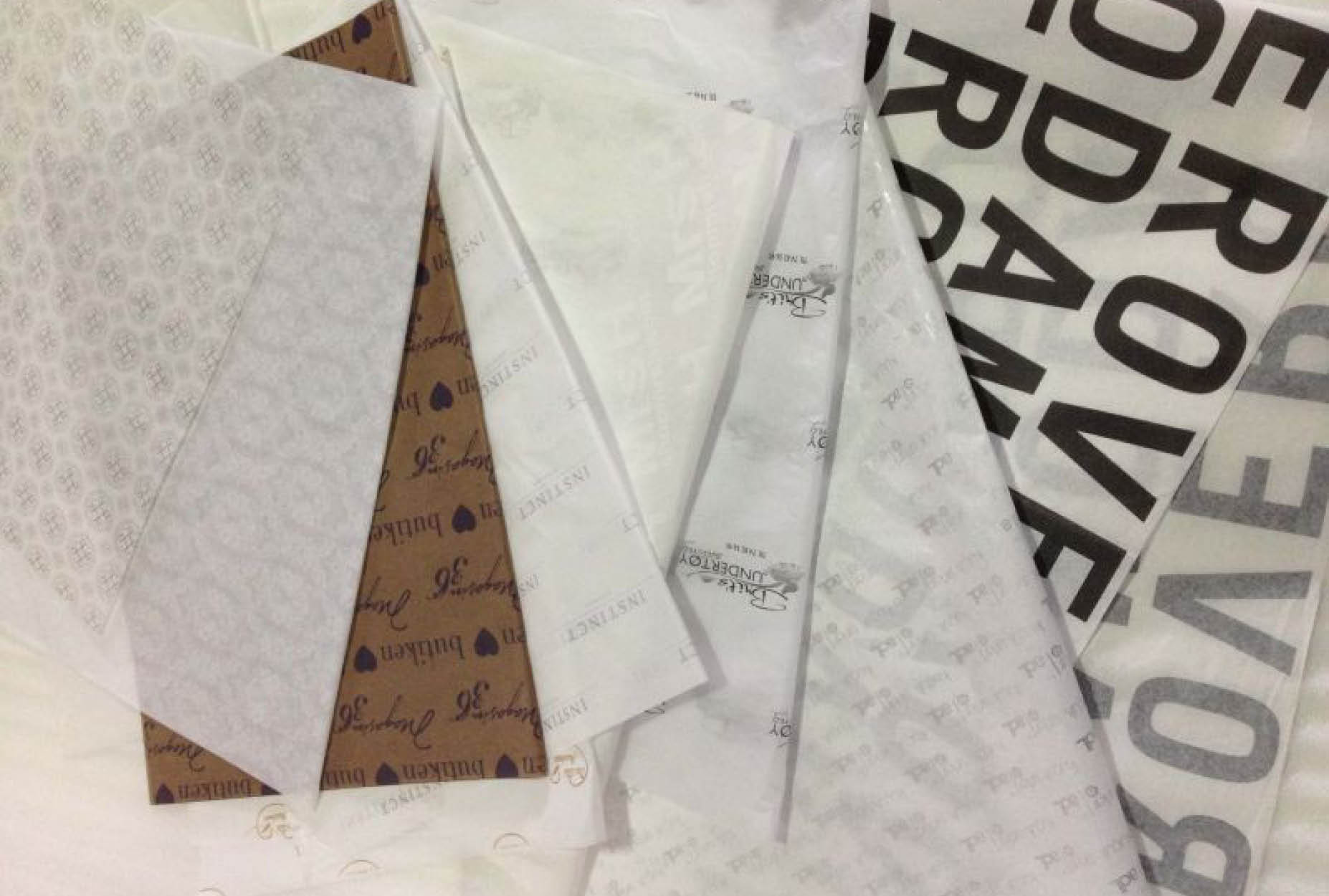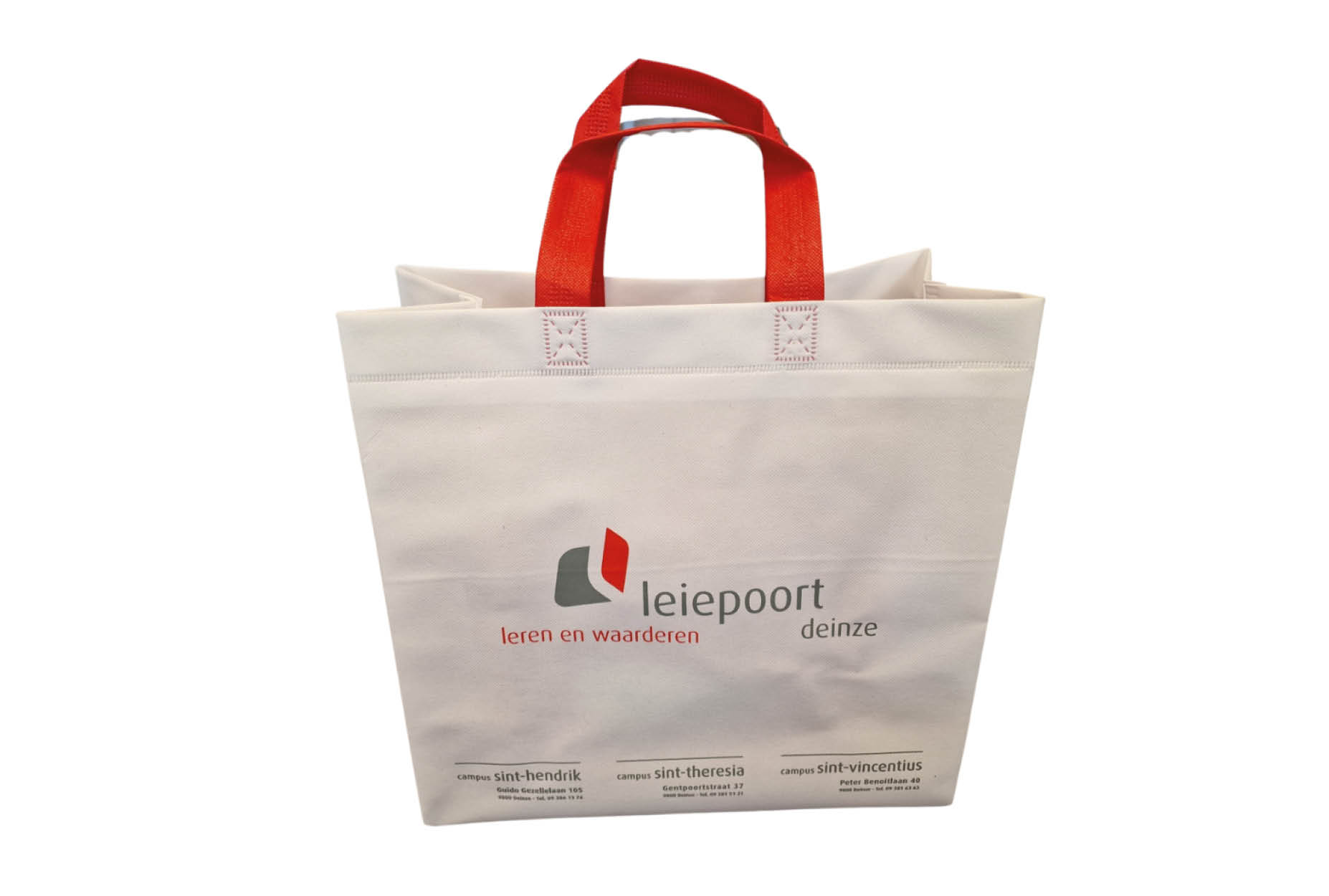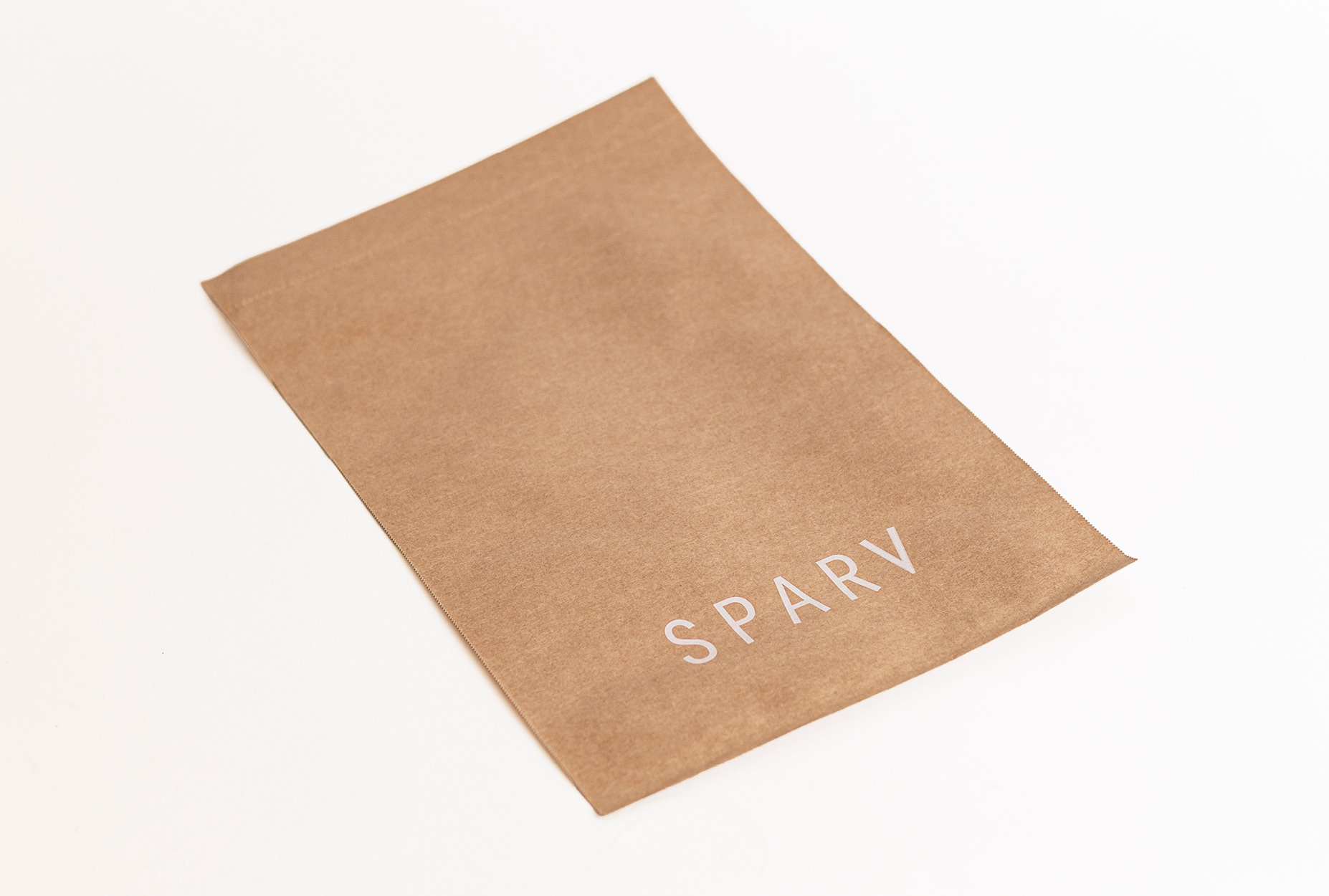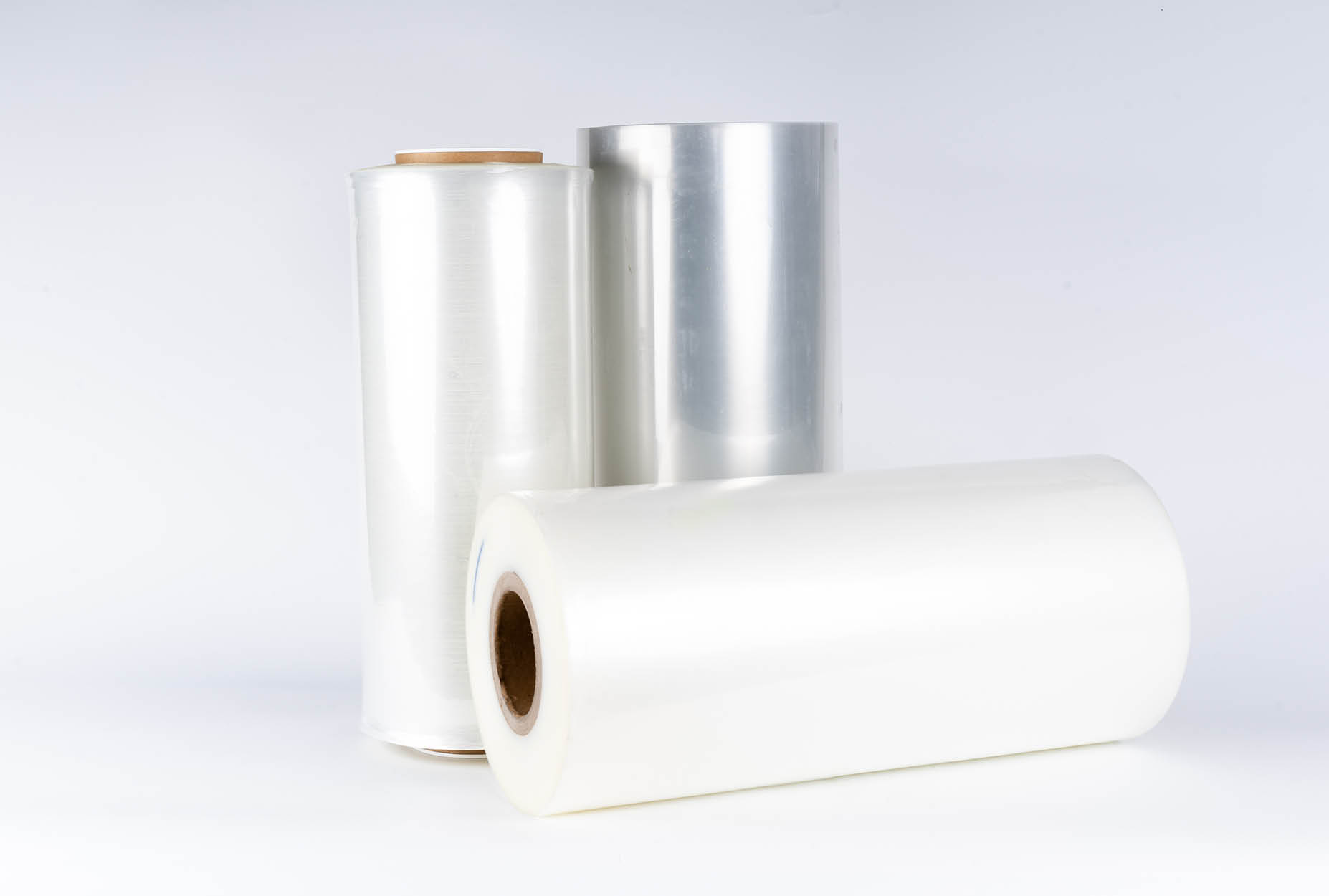Knowledge centre
Investigated : the environmental impact of shopping bags
The ban on single-use plastic bags
Since 2019, single-use plastic bags have been banned in Belgium because they are harmful to the environment. But it doesn’t stop there. In September 2021, a new royal decree was approved : a complete ban on plastic shopping bags between 20 and 60mµ (with some exceptions). These plastic bags will also no longer be allowed to be offered for a small fee. The consequence of both decisions? A lot of alternative carrier bags will come on the market. Think about the paper carrier bags, cotton tote bags or trolleys. But which carrier bag is actually the greenest? “Test Aankoop” went on an investigation and came back with a surprising winner.
Investigating the environmental impact of different shopping bags
Assessing the environmental impact of grocery bags, how do you start? Test Aankoop collected no less than 96 samples of grocery bags and analyzed their life cycle (LCA). Thereby they determined the ecological footprint of 9 types of bags throughout the whole process : from the extraction of raw materials from which the bag is made, through the manufacturing (printing, country of origin, transport…) to the final recycling or disposal. The most relevant factors for the ecological footprint were taken into account, e.g. human toxicity, fresh water ecotoxicity and water consumption.
Then, each bag was subjected to the same, specific scenario : traveling a route with 10 kg / 20 l of groceries (with one or two bags depending on the volume). The bag with the smallest footprint was then used as a benchmark. “From this we made a comparison based on how often you need to use the bag to neutralize its environmental impact,” explains Simon November from Test Aankoop in Het Nieuwsblad.
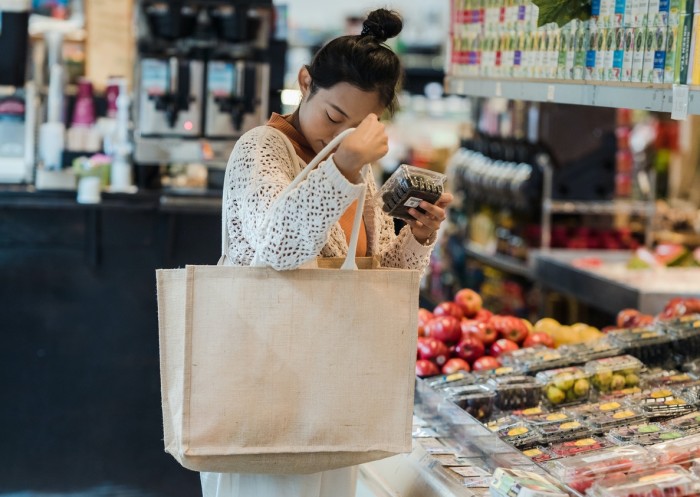
A surprising winner
“The results are quite unexpected,” says Simon November of Test Aankoop in Het Nieuwsblad. “As a consumer, you would think that a cotton bag or a trolley would be more durable, but that’s only true if you really use them a lot.” The best student in the class? The LDPE (low-density polyethylene) bags, the familiar plastic bags you can buy at the checkout. It is enough to use them once or twice to offset the ecological impact. The shopping bag made of reusable and compostable plastic should be used at least twice, but other types of plastic also come off quite well. The light and practical polyester you use at least 2 to 3 times and the stronger polypropylene is already “green” after 3 to 4 uses. The brown paper bag needs to be used at least 8 times to neutralize its environmental impact, the jute bag 36 to 68 times and the cotton bag needs to be used no less than 104 times while shopping. The worst student in the class? Strange but true, the trolley. The manufacture of a trolley requires metal and plastic, which greatly increases its footprint. To compensate the trolley’s environmental impact, you have to use it 709 times while shopping.
Are you currently using a shopping bag that does not score so well in the ranking? Be sure not to throw them away. The most sustainable advice still remains: use what you have at home and use the carrying bag until it is completely worn out. This is the only way to get the most out of our bags and provide the best service to the environment.
Source : Test Aankoop
Related products
Explore further
Silk paper: the elegant and ecological choice for your packaging
Blog
NogMeerVerdiepen
In a world where sustainability and perception are increasingly important, silk paper is gaining popularity as a packaging material. And rightly so.
Read moreLeiepoort Deinze opts for sustainable non-woven carrier bags by Marisan
Case
Scholengroep Leiepoort Deinze attaches great importance to sustainability, equality and small-scale teaching.
Read moreThank you, Jos. Welcome, Karel!
Nieuws
On April 30, Jos closed his chapter at Marisan after 14 years as Purchase Manager. His dedication, knowledge, and pleasant collaboration made him a strong asset to our team.
Read moreWhat is the difference between woven and non-woven carrier bags?
Blog
NogMeerVerdiepen
When choosing the right carrier bag for your company or campaign, you quickly come across the terms woven and non-woven. But what exactly is the difference between these two types of carrier bags?
Read morePPWR: The new European packaging rules, what do they mean for you?
Blog
Duurzaamheid
NogMeerVerdiepen
The packaging industry has been shaken up considerably at the start of this year. With the arrival of the Packaging and Packaging Waste Regulation (PPWR), the European Union is significantly tightening the rules on packaging.
Read moreScratch-proof labels for Surgi-Tec that last
Case
Succesverhalen
Surgi-Tec is a Belgian company known for its high-quality medical implants and innovative solutions to complex surgical challenges. But even the best producers demand packaging and labelling that meets the highest standards.
Read moreEmployee in the spotlight: Louis!
Nieuws
Today we would like to introduce you to our new colleague Louis! Louis recently started working at Marisan as a Customer Service employee. His main task? Prospecting! And he loves following conversations with potential customers to get to know Marisan and our operations better.
Read morePaper mailing envelopes: a smart choice for efficient and sustainable shipping
Blog
Duurzaamheid
NogMeerVerdiepen
Whether you are shipping clothes, documents or other compact products; paper mailing envelopes are an ideal solution. They combine environmental friendliness, ease of use and efficiency.
Read moreReady for the sales: maximum efficiency with our price and textile tagging guns
Blog
NogMeerVerdiepen
December is drawing to a close and that means only one thing: the sales are coming! For retailers, this is the time to price, promote or label your products quickly and clearly. Fortunately, this is easier than ever with our price labeler or textile gun.
Read moreManual or machine wrapping: which stretch wrap is right for your company?
Blog
NogMeerVerdiepen
Stretch wrap is essential for the safe and efficient shipping of products. It ensures that your loads remain well protected during transport and prevents damage. But when do you choose manual wrapping and when is a machine solution a better choice?
Read more


